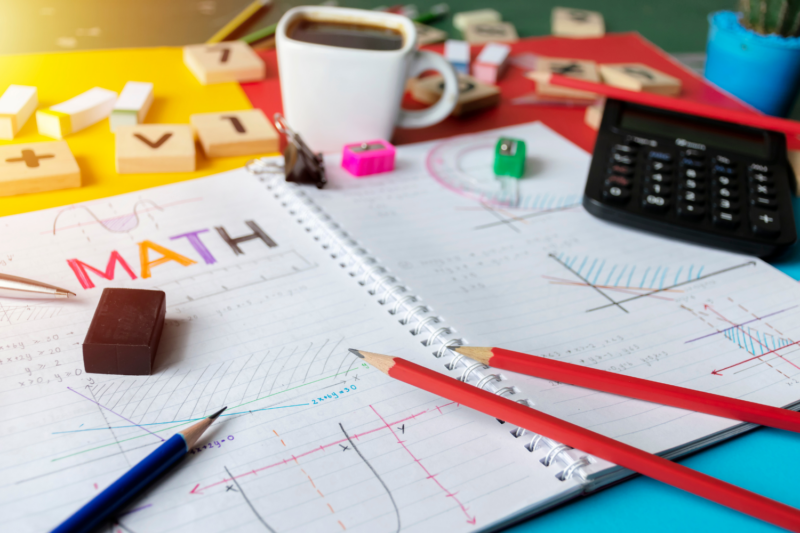Insights
Children’s Literature and Math Go Hand in Hand
In a typical math lesson, most would be surprised to find a storybook listed among the lesson materials. Stories are usually reserved for a reading lesson or maybe a history lesson, right? Actually, children’s literature and math can go hand in hand. Humans are natural storytellers, so why not incorporate that into math?
We all know that story problems are part of typical math lessons or worksheets. But reading an entire storybook can result in benefits beyond the common story problem involving a fruit basket. There are various ways to use full stories in your upcoming math lessons. Of course, not every lesson needs a math-related book incorporated into it, but here are a few benefits for when you do include children’s literature.
- Stories can hold the interest of students better than traditional methods of instruction: A study published in the Early Childhood Research Quarterly found that students were more likely to choose a math center and activities after a lesson involving a math-related storybook. Research provided in an article in the ERIC Institute of Educational Sciences also showed that children’s literature increased student interest in mathematical concepts.
- Stories can be used to teach number lines and the representation of numbers in multiple ways: When reading a story like The Very Hungry Caterpillar, students can create a number line to display how many items were eaten each day. The book One is a Snail, Ten is a Crab provides visuals to practice sequencing of different amounts up to 100.
- Stories provide visual and spatial representation of concepts: If you’re a math teacher, more than likely you don’t claim to be an art teacher too. So your attempt at drawing the buildings and bus route in a town might look like a toddler took control of the marker. Plus trying to adequately show distances between the buildings can prove difficult when using a ruler on the whiteboard. Inevitably then come your students’ numerous questions and opinions about your artwork rather than the concept you were trying to teach about. Illustrated storybooks to the rescue! The pictures provide a visual of the concept for your lesson rather than your artistic abilities.
- Stories make real-world connections: To your students, $22.99 + $48.99 are just numbers. But if you read them a book about a kid who loves playing video games with friends, those numbers could represent the amount needed to save up for an extra controller and the latest game to play with their best bud. This will catch the attention of the gamers in your classroom. What prices would your students usually pay? Have them subtract and find the difference. What if the kids in the story decide to split the cost? Practice those division skills.
- Stories help to reach visual learners: Some students need to see pictures of five dogs to be able to answer how many legs there are altogether. It also helps them to see a line of objects when determining the answer to an ordinal question.
- Stories use math vocabulary in real-world examples: So your students can solve eighteen divided by three, but can they use that in real life? Imagine reading a book to your class about Thanksgiving dinner at Grandma’s house. There is not enough room in the dining room for one big table, so Grandma has set up an extra in both the kitchen and living room. Including Grandma, eighteen relatives will be eating between the three tables. How many chairs should Grandma set at each table to fit everyone? Six! But turn the page and you learn that one table can only fit four people. How many chairs do you have to add to another table?
- Stories lead to critical thinking: Using the example mentioned above, there are various questions you could ask. Where should Grandma place the chairs so everyone has room? If dinner takes xyz time to eat, how long do you predict it will take one person to do the dishes? What about if three people were working together, how long do you think it would take then?
- Stories can help reduce math anxiety in both students and teachers: A mathematical concept introduced or reinforced through literature can create a calming effect for those who struggle to understand math. For the student, it is a fun way to learn about the concept. For the teacher, it provides a method of presenting the information without them being the primary source like if they were at the board writing numbers.
At ORIGO, we understand the importance of using children’s literature in math. That’s why we created Big Books and Animated Big Books, math story books designed to develop and reinforce mathematical language and understanding by stimulating discussion on specific concepts from the Pre-K to Grade 2 core curriculum. Happy reading!



